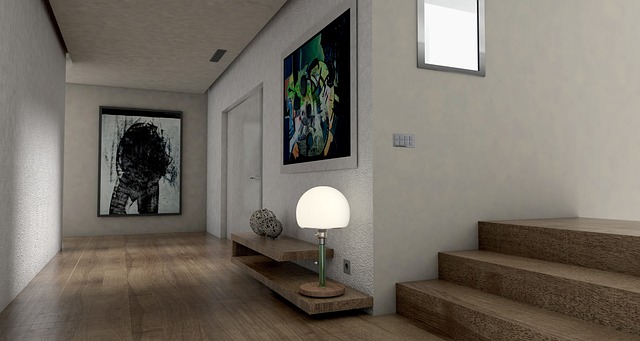Unlocking Realism: Exploring Sensory Simulation in Virtual Reality, Augmented Reality, and the Metaverse
In an era where technology evolves at an unprecedented pace, the concept of sensory simulation has emerged as a pivotal element in creating immersive experiences. Imagine stepping into a world where every sound, touch, and sight feels incredibly lifelike. This immersive journey is made possible through advancements in Virtual Reality (VR), Augmented Reality (AR), and the sprawling Metaverse.
Virtual Reality: A Dive into the Senses
Virtual reality transports you into entirely new realms, where reality is redefined by the power of sensory simulation. As you don a VR headset, the physical world around you dissolves, replaced by stunning landscapes and intricate details that only imagination can conjure. Think about the feeling of hiking on a distant planet or swimming with dolphins in a crystal-clear ocean. Each carefully crafted sensation—from the warmth of the sun on your face to the splash of waves against your skin—pulls you deeper into the experience.
This immersive tech has significant implications for various sectors, from gaming to education. A student in a VR class can walk through historical events, feeling as though they are truly part of the moment. Similarly, training simulations for professionals allow individuals to practice skills in environments designed to mimic real-world scenarios, heightening their learning through rich sensory experiences.
Augmented Reality: Enhancing Our Reality
On the other hand, augmented reality introduces sensory simulation into our daily lives in a more blended approach. By overlaying digital information onto the physical world, AR enhances our perception while still allowing us to interact with reality. Imagine waiting for your coffee while a virtual barista offers recommendations based on your taste preferences or following animated directions on your phone to find a hidden gem in a bustling city.
AR applications leverage sensory inputs—like visual cues and sounds—to guide and enrich our experiences without fully detaching us from our surroundings. This bridges the gap between virtual enhancements and real-life interactions, making every moment a potential adventure. Think of the opportunity for businesses to use AR marketing strategies that engage customers through rich sensory experiences tailored for maximum impact.
The Metaverse: A New Frontier
The metaverse syncronizes these worlds, creating a vast digital universe where sensory simulation plays a critical role in shaping interactions. Within the metaverse, users can traverse virtual cities, attend concerts, or partake in social gatherings—each experience enhanced and brought to life through soundscapes, haptic feedback, and stunning visuals.
Realism becomes a key pillar in this new digital society. Your avatar, representing you and your sensory experiences, interacts with others in a way that simulates real-life presence. The sensation of a handshake, the sound of laughter in a crowded room, and even the camaraderie of teamwork during virtual challenges create a social fabric that mirrors our physical interactions.
As we delve deeper into the realms of VR, AR, and the metaverse, sensory simulation continues to unlock new levels of realism and engagement. It not only defines how we perceive digital landscapes but also reshapes our understanding of connection and experience in a rapidly evolving world. Each technological advance propels us toward a future where the boundaries between the digital and the real become increasingly blurred, hinting at an exciting era of limitless possibilities.



